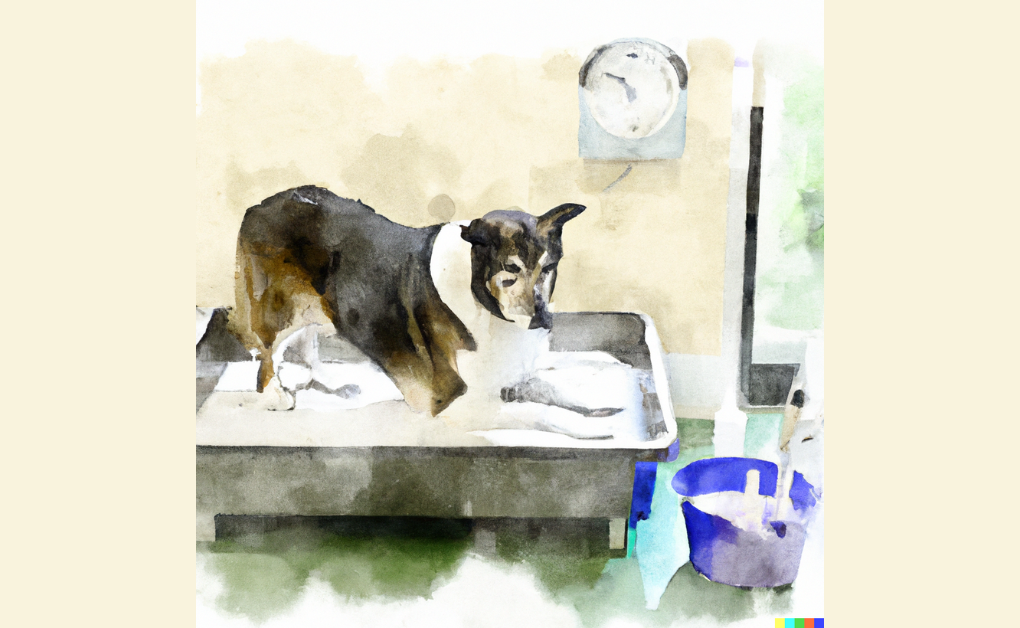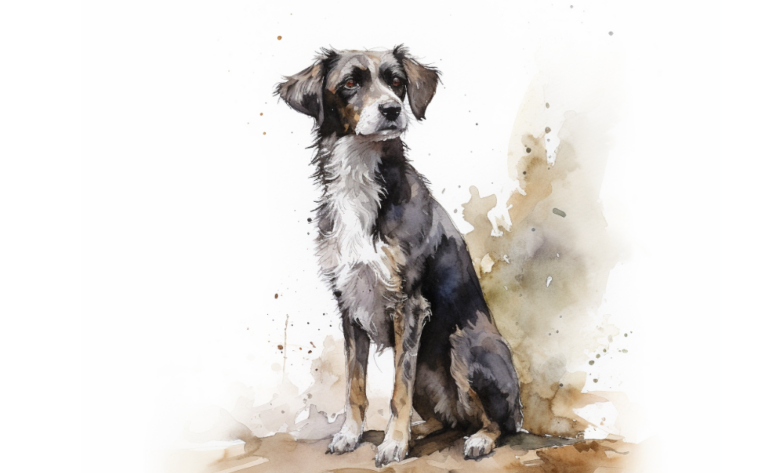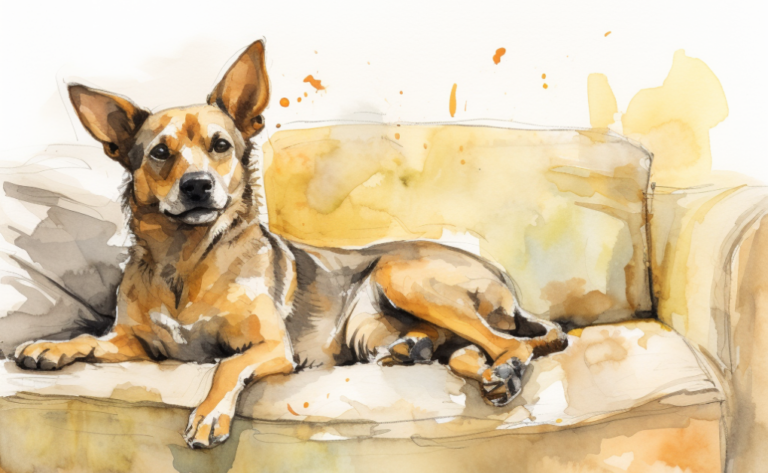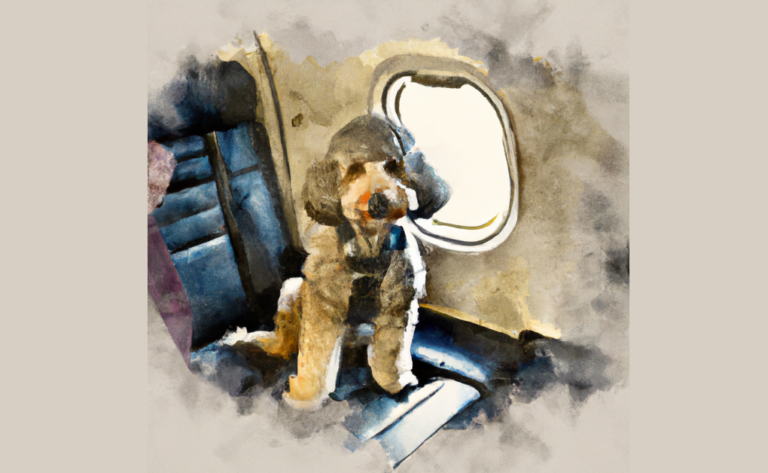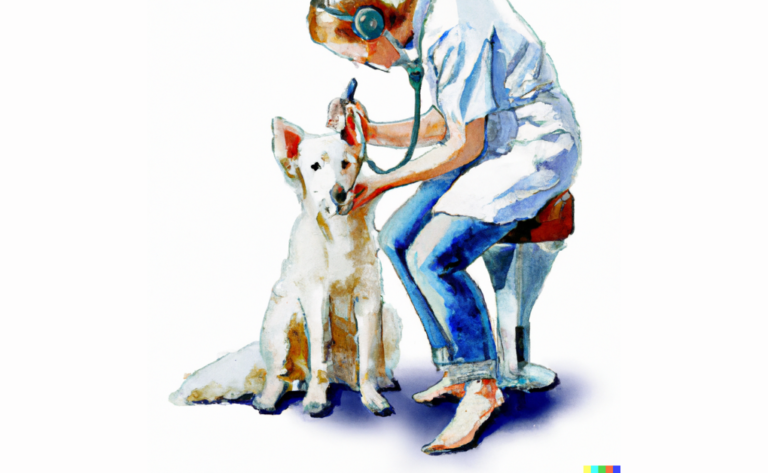How Safe is Anesthesia in Senior Dog?
Introduction
When Charlie, a 12-year-old Labrador Retriever, was diagnosed with a condition that required surgery, his owner, Emily, couldn’t help but feel a mix of concern and fear. Her primary worry revolved around the safety of anesthesia for her senior dog, as she had heard stories of older pets experiencing complications under anesthesia.
Age is not a disease, yet it does bring about alterations in our canine companions, requiring additional vigilance. A prevalent concern among caregivers of senior pets frequently centers around the question, “How safe is anesthesia in my senior dog?” Numerous necessary and beneficial procedures demand anesthesia, from dental cleanings to surgical interventions. But how safe is this for your older furry family member?
Understanding anesthesia in geriatric patients, such as senior dogs, may initially appear challenging, especially in the face of the plethora of misinformation accessible online. Nonetheless, it’s crucial to recall that veterinary medicine has made notable advancements in recent years, including the sphere of anesthesia, leading to safer protocols, cutting-edge monitoring, and tailored patient care. It’s correct that older dogs may encounter additional risks compared to younger dogs when anesthetizing your senior dog. Yet, these risks can often be diminished through thorough pre-anesthetic blood work, meticulous management of anesthesia drugs, and careful post-operative care.
This article aims to investigate the question, “How safe is anesthesia in my senior dog?” examining potential risks and spotlighting the precautions veterinary professionals employ to ensure the safest possible experience for your cherished senior pet. Remember, even in their twilight years; our dogs are entitled to the highest quality care we can provide. The same principles apply when discussing cat anesthesia, cat surgery, cat nutrition, and managing cat medications, as the safety and well-being of our senior pets, regardless of species, are paramount. The objective is always to reduce the risk of anesthesia during any medical procedure.
Fatal Complications from Anesthesia in Senior Dogs are Incredibly Uncommon
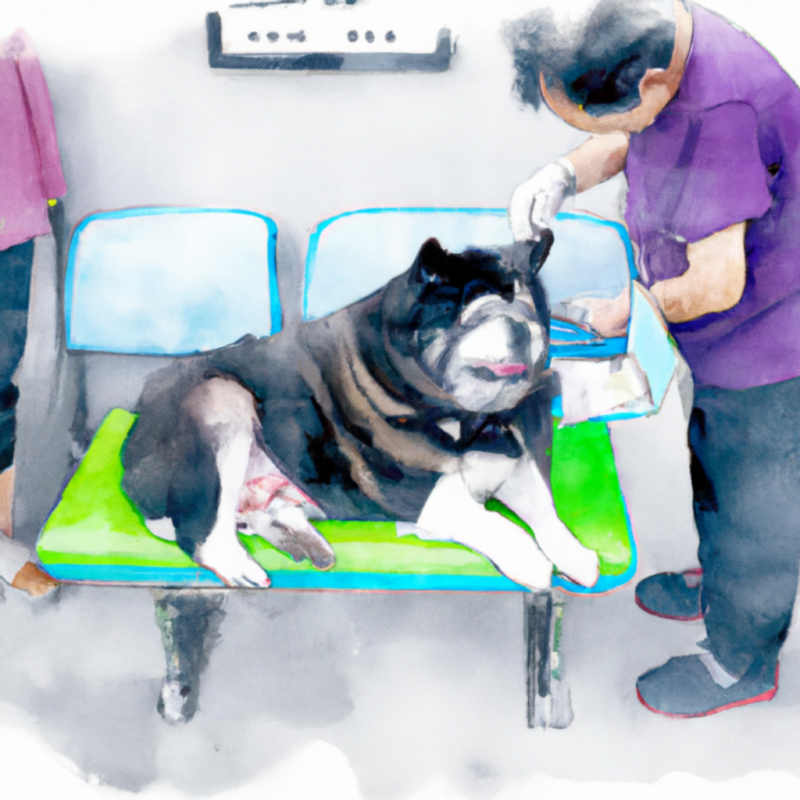
The thought of a beloved pet going under anesthesia can cause anxiety for many pet owners, especially when the pet is older. However, it’s important to note that while anesthesia carries some inherent risks, fatal complications in senior dogs are relatively uncommon thanks to advancements in veterinary medicine.
According to studies, the overall mortality rate associated with anesthesia in dogs is relatively low, estimated at around 0.17% (or 1.7 deaths per 1,000 anesthetic procedures). However, these numbers encompass dogs of all ages so the risk may be slightly higher for senior dogs or those with significant health issues. Nevertheless, the risk is still generally considered to be low. The American Veterinary Medical Association recommends that dogs over ten years old not receive general anesthesia unless there is a medical reason to do so.
Several factors contribute to the decreased risk of anesthetic complications in today’s veterinary practice:
- Pre-Anesthetic Assessment: Vets conduct a thorough pre-anesthetic assessment, including a physical examination and bloodwork, to identify any health issues that could increase the risk of complications. This might also include additional diagnostic tests, such as chest X-rays or an EKG, to assess cardiac function in senior dogs.
- Individualized Anesthetic Protocols: Anesthetic drugs and protocols are chosen based on the individual dog’s health status, the procedure being performed, and the dog’s age. There are several safe and effective anesthetic drugs available that can be tailored to each dog’s needs.
- Anesthetic Monitoring: Modern veterinary practices employ sophisticated monitoring equipment that tracks vital parameters such as heart rate, respiratory rate, blood pressure, and oxygen saturation during the procedure. This allows for early detection and correction of any potential issues.
- Post-Anesthetic Care: Close monitoring continues after the procedure until the dog is fully awake and recovered from the anesthesia. This helps ensure any post-anesthetic complications are promptly addressed.
While it’s natural to be concerned about the risks of anesthesia, especially in senior dogs, it’s important to weigh these risks against the benefits of the procedure being performed. In many cases, the procedure, whether a much-needed dental cleaning or a necessary surgery, can significantly improve the dog’s quality of life. As always, if you have concerns about anesthesia, it’s best to thoroughly discuss it with your veterinarian.
Premedication is Necessary
Pre-anesthetic medication, or premedication, is a crucial aspect of the anesthetic regimen for all dogs, particularly seniors undergoing surgical or diagnostic procedures, such as a dental procedure. Here’s why its significance cannot be overstated:
- Stress Reduction: Many dogs, especially older ones, might encounter anxiety or distress in a veterinary environment. Premedication often incorporates a mild sedative that helps soothe your pet, enabling a less stressful and smoother initiation of anesthesia.
- Pain Control: An integral component of premedication is often an analgesic (painkiller) to manage pain. Implementing pain control before the procedure can reduce the required anesthesia, ensuring your dog’s comfort during recovery.
- Easing Anesthesia Administration: Premedication drugs aid in preparing the body for the anesthetic drugs, often resulting in smoother administration. They can lessen the volume of induction and maintenance anesthetic required, which is especially beneficial for senior dogs who might have pre-existing health conditions.
- Mitigating Side Effects: Certain premedication drugs help to curb potential side effects of anesthetic agents, like vomiting.
- Stabilizing Physiological Functions: Some premedications help to stabilize heart rate and other body functions during anesthesia, which is particularly critical in senior dogs.
Two types of premedication are employed in the anesthetic protocol:
Sedatives
These substances help to relax your pet, alleviate anxiety, and render the experience of being put under anesthesia less distressing. They also assist in easing the induction process, meaning your pet drifts to sleep more gently. Various sedatives may be used, depending on your pet’s specific needs. For example, acepromazine, a commonly chosen sedative, also possesses anti-nausea advantages. Other options, like dexmedetomidine, can offer both sedation and pain relief. The choice of sedative is often customized to the individual pet, taking into account their overall health, the procedure being carried out, and their level of anxiety.
Analgesics
These are medications used to alleviate pain. They’re employed to perform pain management before the pain begins, a concept known as preemptive analgesia. Blocking pain signals before they start can help diminish your pet’s overall pain. Various analgesics include opioids like morphine or fentanyl and non-steroidal anti-inflammatory drugs (NSAIDs) like carprofen or meloxicam. The choice of analgesic often hinges on the anticipated pain level from the procedure and your pet’s overall health.
These premedication drugs are typically combined to provide both sedation and pain relief, setting the stage for a smoother anesthetic experience. They reduce the volume of induction and maintenance anesthetic needed, offering a safety buffer, particularly for senior dogs with additional health considerations, such as dental disease.
Remember, each dog, whether a senior or a healthy dog, is unique, and the premedication protocol will be customized to their needs. Although anesthesia always carries some risk, proactive steps are taken to reduce this anesthesia risk for your pet before anesthesia, such as premedication. Always consult your veterinarian if you have any questions or concerns about your pet’s anesthetic plan, whether for a routine procedure or something more specific, like laser therapy.
Senior Dog Anesthesia is a Calculated Risk
Providing anesthesia to any pet, particularly senior dogs, inevitably involves a certain degree of calculated risk. This stems from age-related physiological transformations that affect their reaction to anesthesia and a greater possibility of underlying health complications like heart or kidney disease, which may escalate the risk of complications.
Furthermore, as dogs age, the requirement for procedures necessitating anesthesia, such as needed dental surgery or cleanings, tends to escalate. These procedures are often vital to preserving the dog’s health and quality of life, making anesthesia necessary despite its associated risks.
Nevertheless, it’s crucial to underscore that modern veterinary medicine has considerably enhanced anesthetic protocols, thereby curbing these risks. Veterinarians now tailor an anesthetic plan for each patient before anesthesia, including a thorough pre-anesthetic assessment, which often involves blood work, advanced surveillance during the anesthetic procedure, and meticulous post-procedure care.
Therefore, while anesthetizing your older pet involves certain anesthesia concerns and is not without risk, it is a thoroughly managed process. Each step is aimed at ensuring the dog’s safety, making many procedures achievable and beneficial for the overall health and well-being of senior dogs. Once the procedure begins, rest assured that your pet is closely monitored under anesthesia to minimize anesthetic risk as much as possible.
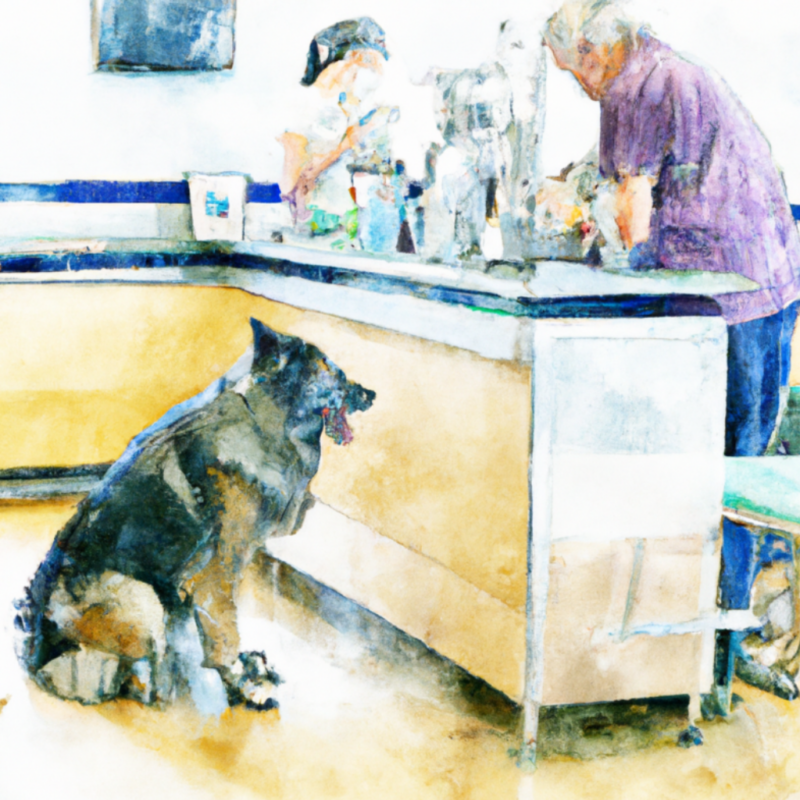
Dosage is Carefully Selected
As with any patient, anesthesia dosage for senior dogs is determined based on various factors to ensure it’s safe, effective, and tailored to the individual dog’s needs. Here’s how veterinarians typically determine the appropriate anesthesia dosage:
- Weight of the Dog: The dog’s weight is a key factor in determining the dose of anesthetic agents. Most drug dosages are given on a per-kilogram basis, so an accurate weight measurement is crucial.
- Overall Health Status: A thorough pre-anesthetic health evaluation helps identify any existing health conditions, such as heart, liver, or kidney disease, that might affect how the dog’s body processes and responds to anesthesia. Some conditions may necessitate a lower dose or different anesthetic agents to ensure the dog’s safety.
- Age of the Dog: Aging can affect a dog’s metabolism, including how they metabolize drugs. Older dogs often require a lower dose of anesthetic agents compared to younger dogs of the same weight.
- Type of Procedure: The nature and expected duration of the procedure also play a role in determining the anesthesia dosage. More invasive or painful procedures may require a higher dose or additional drugs for pain control.
- Pre-Anesthetic Blood Work: This helps assess the dog’s liver and kidney function, which is crucial for processing and eliminating anesthetic drugs. If these organs aren’t functioning optimally, adjustments may be made to the anesthetic protocol.
- Response to Anesthesia: Once under anesthesia, the dog’s response, such as heart rate, blood pressure, and oxygen levels, can provide real-time information that allows the veterinarian to adjust the dosage as needed.
The goal is to use the lowest effective dose of anesthesia to minimize risks and potential side effects while ensuring the dog is completely unconscious and pain-free during the procedure. It’s a delicate balance achieved through careful assessment, monitoring, and the professional judgment of the veterinary team.
Monitor Your Pet After Surgery
After your senior dog has undergone a procedure like oral surgery, close monitoring during recovery ensures a seamless recuperation process. Initially, as the effects of the anesthesia and surgery wear off, they might seem disoriented or sluggish. It’s crucial to observe their journey back to full alertness. Regularly check the surgery site for any anomalies, such as excessive redness, swelling, or discharge, which could indicate an infection or complications.
Post-surgery, you may notice a decrease in your dog’s appetite, which is typical. However, they should gradually regain their interest in food and water within a day or two. Monitoring their bathroom habits is equally critical, as changes in patterns of urination or defecation can be a sign of potential health issues.
Keep an eye on your pet’s activity levels as well. While a decrease in activity is anticipated after surgery, prolonged lethargy or unusual weakness could be worth the risk of raising concern. Also, be vigilant for signs of pain like excessive panting, restlessness, or reluctance to move, as these could indicate insufficient analgesia.
Be mindful of your pet’s overall mood and behavior. Any changes, such as increased aggression, anxiety, or unusual quietness, could reflect discomfort or distress. During this time, it’s crucial to ensure your pet is comfortable, well-rested and that their environment is quiet and conducive to recovery. If you spot any worrying signs or symptoms, contact your veterinarian promptly.
Every dog, especially seniors, may have different risk factors regarding veterinary anesthesia and recovery. Assessing their general health and pre-existing conditions is essential to provide the safest possible care.
Frequently Asked Questions
Disclaimer: The information provided on this veterinary website is intended for general educational purposes only and should not be considered as a substitute for professional veterinary advice, diagnosis, or treatment. Always consult a licensed veterinarian for any concerns or questions regarding the health and well-being of your pet. This website does not claim to cover every possible situation or provide exhaustive knowledge on the subjects presented. The owners and contributors of this website are not responsible for any harm or loss that may result from the use or misuse of the information provided herein.

